- +033 2572 7171
- info@dhanvantary.com

4.5 Rating | 4500 Review

4.5 Rating | 4500 Review
Acne is a common skin condition where hair follicles get clogged with oil, dead skin cells, and bacteria, causing pimples, blackheads, and whiteheads. It typically appears on areas with more oil glands like the face, chest, and back. Hormonal changes, diet, stress, and genetics often contribute to acne.
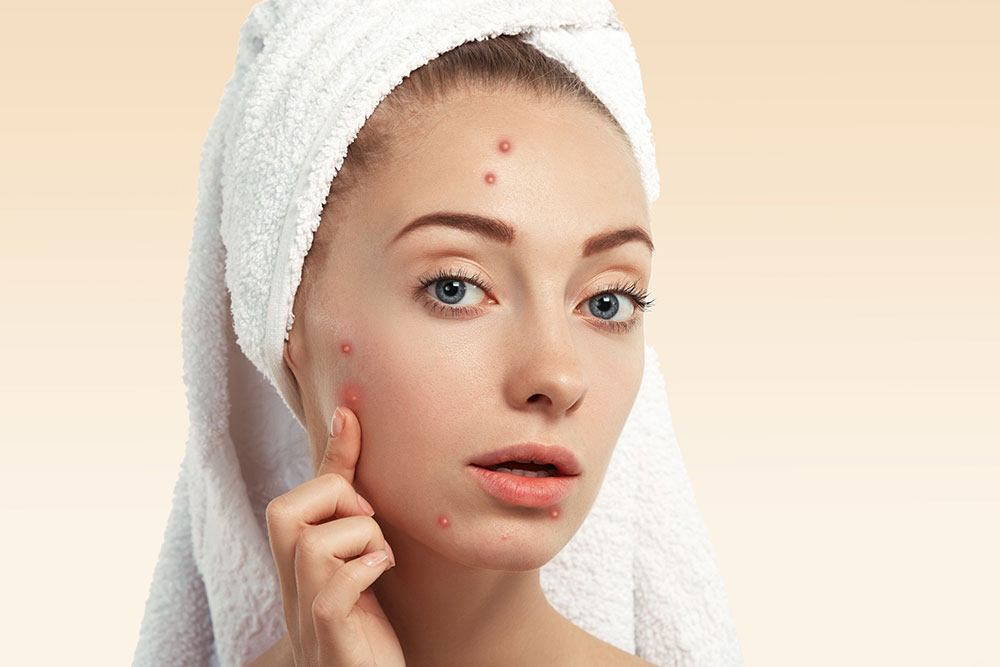
In Ayurveda, acne is known as "Yauvan Pidika" (youthful pimples) or "Mukhdushika" (facial blemish), often attributed to imbalances in the doshas, particularly Pitta (heat) and Kapha (oiliness).
Hormones: Hormonal changes, especially during puberty, pregnancy, or menstruation, increase oil (sebum) production, which can clog pores.
Excess Oil Production: Overactive oil glands can lead to clogged pores.
Bacteria: bacteria on the skin can cause inflammation, leading to acne.
Clogged Hair Follicles: Dead skin cells that aren’t shed properly can mix with oil and clog pores.
Diet: Diets high in refined sugar, dairy, or processed foods can trigger acne in some people.
Stress: Stress doesn’t directly cause acne but can make it worse by altering hormone levels.
Certain Medications or Products: Some medications, cosmetics, and skincare products may contribute to acne.
In Ayurveda, acne is seen as an imbalance in the body's doshas—primarily Pitta dosha, which is responsible for heat and inflammation in the body. When Pitta increases due to factors like a spicy diet, stress, hot weather, or poor digestion, it can lead to excess oil production, heat, and toxins that get trapped in the skin, causing acne.
Ayurveda treats acne by balancing the doshas and removing toxins. Ayurveda looks at acne as more than just a skin issue; it’s a reflection of internal imbalances that need to be managed through diet, herbs, cleansing, and lifestyle changes.
Ayurveda suggests eating cooling, less oily, and less spicy foods to reduce Pitta. Hydrating well and avoiding processed or sugary foods are also recommended.
Detox and Cleansing:
Ayurvedic treatments like panchakarma (a detox process) or regular use of herbal teas help eliminate toxins (called ama) from the body, which can reduce acne and improve skin clarity.
Since stress increases Pitta, managing stress with yoga, meditation, or breathing exercises is considered crucial in Ayurvedic acne care.
Herbs used are those having cooling, antibacterial, and anti-inflammatory properties. These can be taken as powders, used in face packs, or applied directly on the skin.
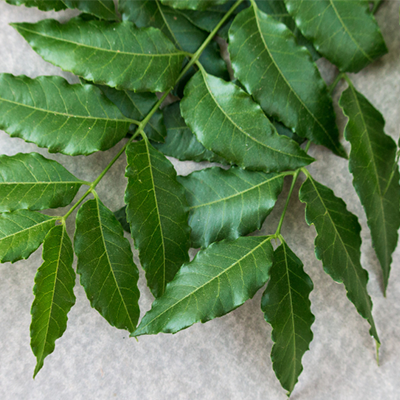
Known for its antibacterial, antifungal, and anti-inflammatory properties, neem helps fight acne-causing bacteria and reduces inflammation.
Use: Neem leaves can be used in face packs, taken as a powder, or used in the form of neem oil.
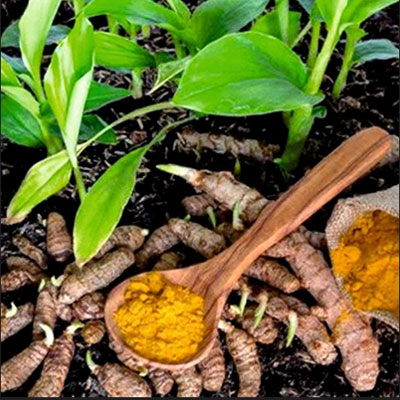
Turmeric is a powerful anti-inflammatory and antibacterial herb. It helps in reducing redness, inflammation, and acne scars.
Use: Turmeric powder can be mixed with honey or yogurt to create a face mask. Consuming it with milk is also beneficial.
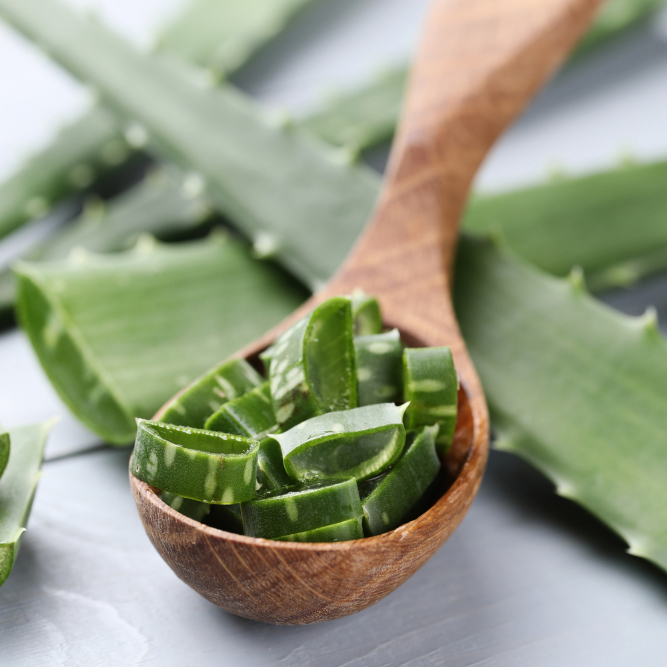
Aloe vera has cooling and soothing properties that reduce inflammation and redness, making it effective for acne-prone skin.
Use: Fresh aloe Vera gel can be applied directly to the skin. It can also be taken internally for its detoxifying benefits
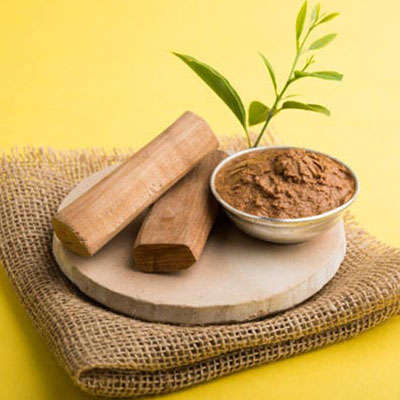
Sandalwood has cooling and anti-inflammatory properties, which make it useful in reducing acne and soothing the skin.
Use: Sandalwood powder can be mixed with rose water to make a paste and applied to acne-prone areas.

Manjistha is a blood purifier that helps remove toxins and improves circulation, which can reduce acne and promote clear skin.
Use: It can be taken internally as a powder or applied externally in a paste.
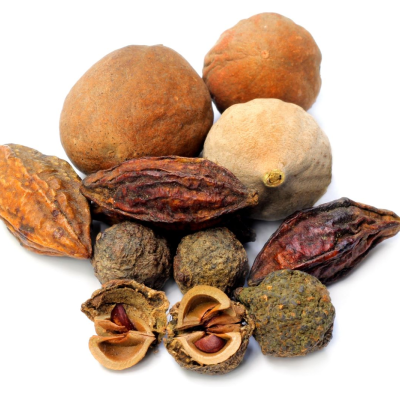
Triphala is a combination of three fruits (amalaki, bibhitaki, and haritaki) that supports digestion and detoxification, helping to clear the skin from within.
Use: Triphala can be taken daily as a powder or capsule, generally on an empty stomach.
These herbs are often used together in various combinations for more effective results, addressing both the surface symptoms of acne and the internal imbalances that cause it. However, it's always recommended to consult an Ayurvedic practitioner for personalized guidance.
